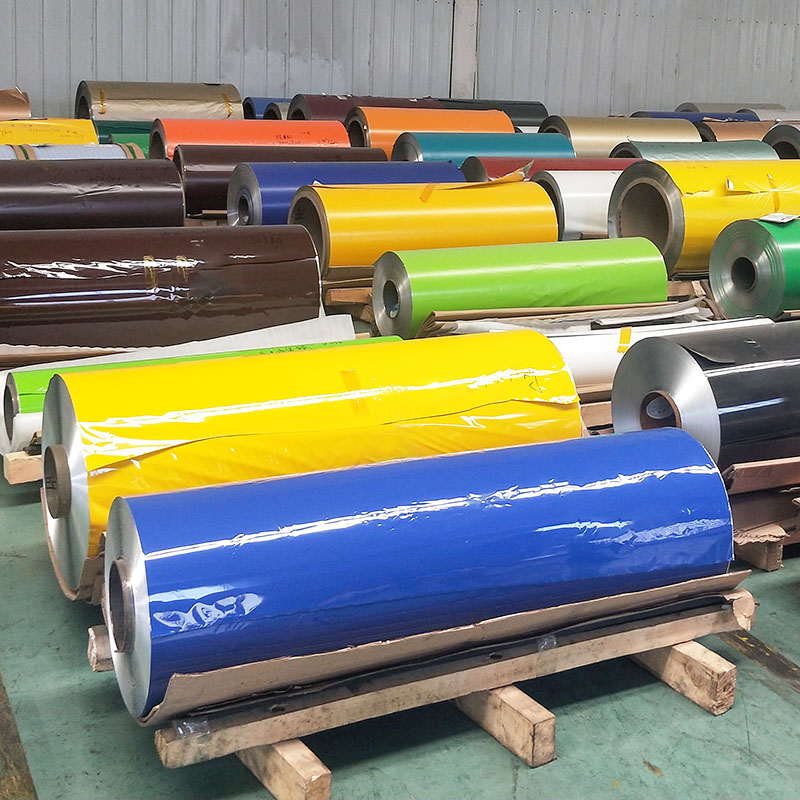What is aluminum composite panel detail?
2024-04-26
An aluminum composite panel (ACP) is a building material commonly used for exterior cladding, signage, and architectural features. It consists of two thin aluminum sheets bonded to a non-aluminum core, typically made of polyethylene (PE) or a fire-resistant material such as mineral-filled core (FR). Here are the key details of an aluminum composite panel:

1. Aluminum Sheets: The outer layers of an ACP are made of thin aluminum sheets, typically ranging from 0.1 to 0.5 millimeters in thickness. These sheets are lightweight, corrosion-resistant, and available in various colors, finishes, and surface textures, including brushed, mirror, matte, and glossy.
2. Core Material: The core of an ACP provides rigidity and insulation. The most common core materials include:
- Polyethylene (PE): A low-cost, lightweight material used in standard ACPs. While PE core panels are economical, they are not suitable for applications where fire resistance is required.
- Fire-Retardant Core (FR): A mineral-filled core that provides improved fire resistance compared to PE cores. FR core panels are used in applications where fire safety regulations are stringent, such as high-rise buildings and public spaces.
3. Bonding Adhesive: The aluminum sheets are bonded to the core material using a high-strength adhesive, typically a polyethylene or polyurethane-based adhesive. This adhesive ensures a strong bond between the layers and enhances the structural integrity of the panel.
4. Panel Thickness: ACPs are available in various thicknesses, typically ranging from 3 to 6 millimeters. Thicker panels offer increased rigidity and impact resistance, while thinner panels are lighter and more flexible.
5. Panel Width and Length: Aluminum composite panels come in standard widths ranging from 1220 to 1575 millimeters and standard lengths ranging from 2440 to 4880 millimeters. Custom sizes are also available to suit specific project requirements.
6. Installation Details: ACPs are typically installed using mechanical fasteners, adhesives, or a combination of both. Common installation methods include cassette fixing, riveting, screw fixing, and structural glazing. Proper installation techniques ensure the panels are securely attached to the building substrate and provide weather resistance.
7. Finishing Options: ACPs can be customized with various surface finishes and coatings to enhance their aesthetic appeal, durability, and weather resistance. Common finishes include polyester, fluoropolymer (PVDF), and powder coating, which provide protection against UV radiation, weathering, and graffiti.
Overall, aluminum composite panels offer a versatile and cost-effective solution for architectural cladding, signage, and interior design applications. Their lightweight construction, durability, and customizable aesthetics make them a popular choice for modern building facades and signage systems. However, it's essential to ensure that ACPs comply with local building codes and regulations, particularly regarding fire safety and installation requirements.


